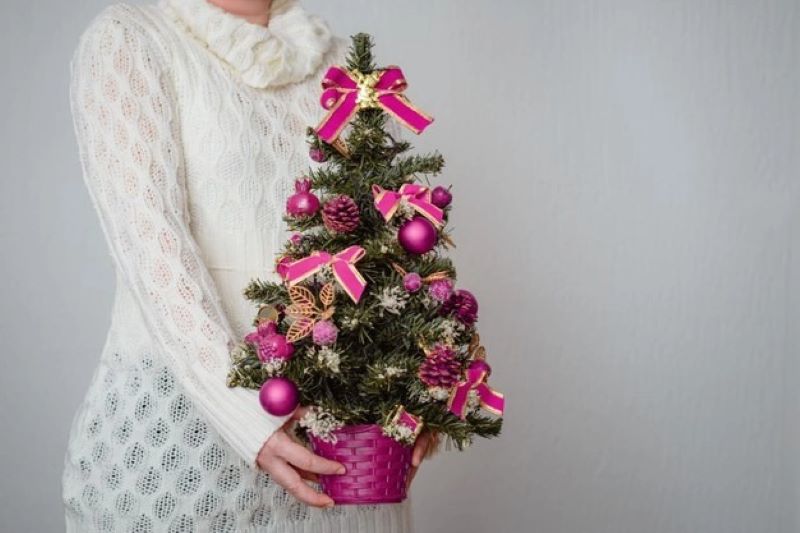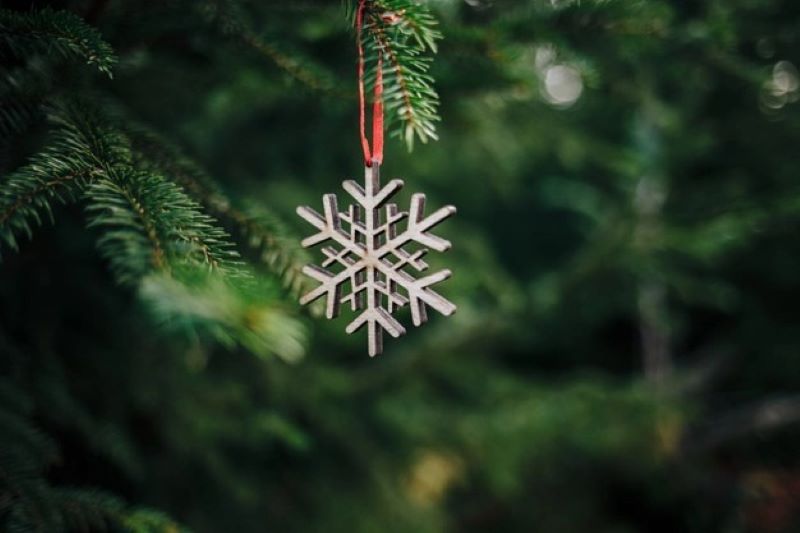
From Victorian to Modern: The Evolution of Artificial Christmas Wreath Styles and Trends
The Origins of the Christmas Wreath: A Victorian Tradition
The Christmas wreath has been a symbol of holiday cheer for centuries. The practice of hanging evergreen wreaths dates back to the 16th century in Germany, where it was believed that the circular shape represented eternity and the evergreen leaves symbolized the persistence of life even in winter. However, it wasn’t until the Victorian era that the Christmas wreath began to evolve into the decorative ornament we know today.
During the Victorian era, elaborate decorations and ornate furnishings were all the rage among the upper classes. This meant that Christmas wreaths became an opportunity for homeowners to display their wealth and status. Wreaths were designed using intricate patterns made from expensive materials such as silk, velvet, and lace, and adorned with glittering ornaments and exotic flowers.
Deck the Halls: The Evolution of Christmas Wreath Styles and Trends
The trend of using artificial wreaths came about during the 20th century, when it was realized that fresh pine wreaths wouldn’t last long, especially in warmer climates. The first artificial wreaths were made out of materials like tinsel and wire, which allowed for more intricate designs and greater durability. Synthetic foliage, like plastic and PVC, became popular materials for wreaths in the 1970s, often in garish and bright colors.
In the 1980s and 1990s, artificial wreaths began to take on a more realistic look. The use of polyethylene and polyurethane to create textured, lifelike foliage meant that consumers could have natural-looking wreaths that were still durable and long-lasting. During this time, wreaths also began to incorporate electronic components such as LED lights, flashing bulbs, and music boxes, leading to a more interactive experience for homeowners and visitors.
In recent years, there has been a resurgence of interest in traditional wreath styles. The rustic, natural look of a handcrafted wooden or willow wreath is gaining popularity among homeowners who want to evoke a cozy, nostalgic ambiance in their holiday décor. This is a move towards a more classic and pared-down aesthetic, as opposed to the overblown opulence of the Victorian era.
Another trend is the use of non-traditional materials in wreaths such as wool, feathers, and recycled materials. These wreaths showcase creative and sustainable design, and are often handmade by artisans. Some wreaths are also becoming more utilitarian, featuring built-in storage options or hooks for hanging Christmas stockings.
Finally, wreaths are becoming more personalized. With the rise of custom-made, personalized ornaments and decorations, it only follows that a homeowner would want a wreath that reflects their individual style and personality. This trend has led to the rise of DIY wreath-making workshops where participants can create their own personalized wreaths using materials such as ribbons, dried flowers, and ornaments.
In conclusion, the evolution of the Christmas wreath from the Victorian era to modern times has been marked by changing styles, materials, and functions. Though there have been a multitude of trends in wreath design over the years, one thing remains constant: the Christmas wreath is a joyful symbol of holiday cheer that will continue to inspire creativity and innovation in years to come.
